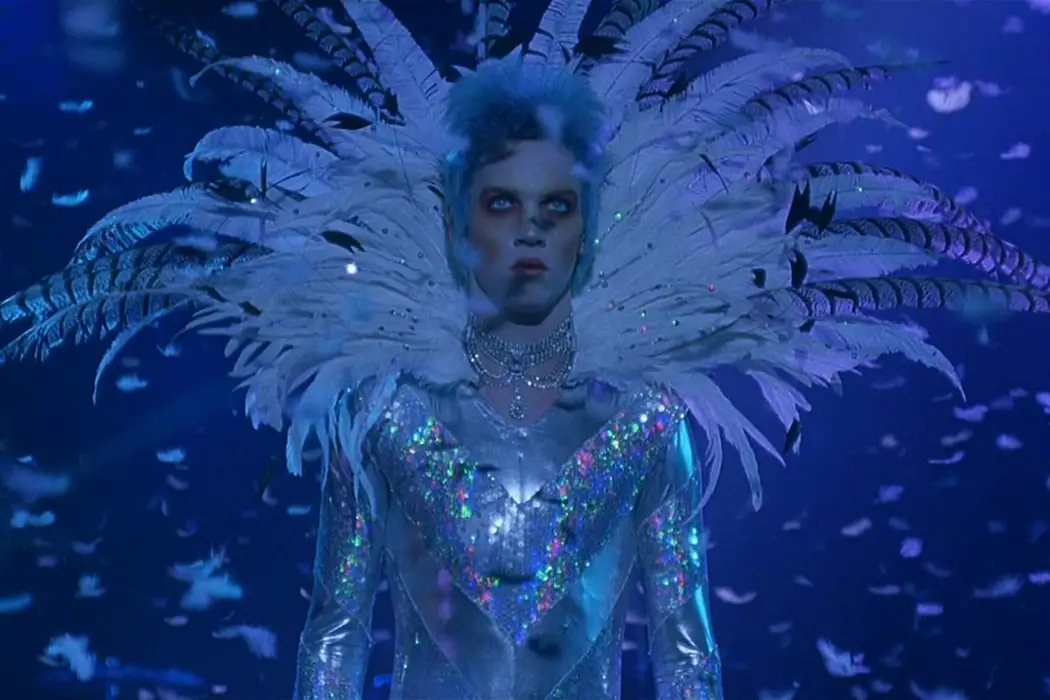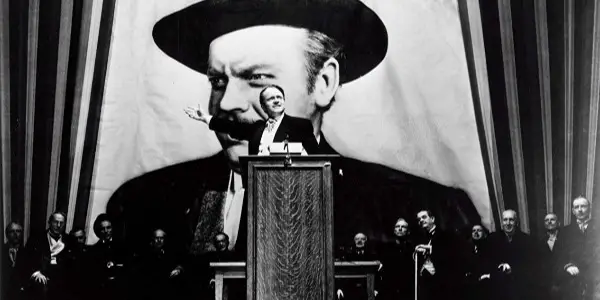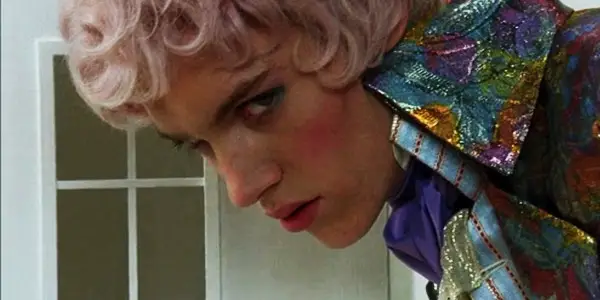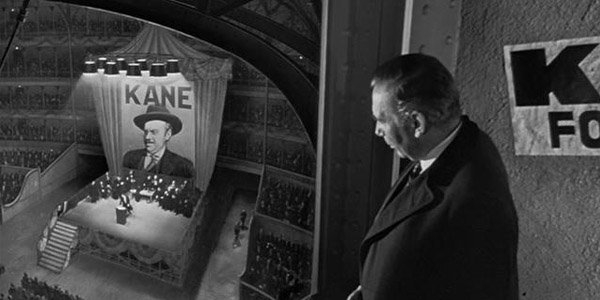Screenplays With Unconventional Connections Part 2

Zac Hestand earned a BA in Film from the University…
Several months ago, Film Inquiry put out a piece on screenplays that had connections with story structure through vastly different movies. Somehow, A History of Violence and First Blood followed the same beats of men with violent pasts that reverted back to their old ways due to a particular incident. These two movies are not lone examples of this happening, but part of the continuing cycle of borrowing ideas. In Hollywood terms, a hit brings a sequel, much like this current article.
Like the previous article, the two films discussed here couldn’t be more different from one another: Citizen Kane and Velvet Goldmine. The first film is a revered classic that put Orson Welles on the radar, and the second movie is an acclaimed 1990’s art film (acclaimed, but not on the AFI list like the Welles film). On the outside, these films couldn’t be more different or exist within the same cinematic universe, but when you look at the screenplay skeleton, you as a viewer can see the connection.
In Film 101 terms, your screenplay is your skeleton, the words are merely bones. It’s up to the actors and filmmakers to give that skeleton flesh and blood. Citizen Kane and Velvet Goldmine aren’t even using the same film stock (black and white vs. color), but strip all that away, and they have the same set of bones.
Journalists Seeking Answers
Both films are told through the use of flashbacks. The narrative device used for the call of flashbacks each involve a journalist doing a piece of the figure in question. A mystery surrounds both Kane and Slade, and their journalists conduct investigations to solve the mystery.

In Citizen Kane, Kane dies and the last word he utters is “rosebud.” Baffled by the word, a journalist investigates what rosebud is supposed to mean and through a series of flashbacks, we learn about Kane’s life. The flashbacks show the biography of a man from humble beginnings who rises to power, only to fall. We as viewers get a glimpse at a figure cloaked in mystery.
Velvet Goldmine features a journalist covering a story of glam rocker Brian Slade, who disappeared ten years prior. Slade staged his death, revealed it to be a hoax and outraged his fans. Album and singles sales crashed, and Slade vanished from the spotlight. The journalist investigates why and where he disappeared to, and the movie presents flashbacks to show a boy rise from a working class background to glam rock god. Like Citizen Kane, it is a glimpse at a mysterious figure.
As each film details the life story of each successful man, one can’t help but notice some familiar events. The two movies also use the biographical details of real people for these fictional characters.
Loosely Based On Real People
The events that take place in each movie use the life events of real celebrities to push the stories forward. Charles Foster Kane is William Randolph Hearst and Brian Slade is David Bowie. Their cinematic drama leans pretty close to the realities of these two personalities.
Like Hearst, Kane becomes a major newspaper publisher whose wealth grows over time. Kane also is involved in a few affair scandals, and wishes to retreat to a hidden fortress, a secluded estate. For Hearst, it is Hearst Castle (open to the public for tours) and Kane has Xanadu (Xanadu is also defined in Merriam-Webster as an idyllic, exotic or luxurious place).

Like Bowie, Slade goes through many stages in his singing career, a human chameleon. In the 1970’s, Bowie lived and made music in Berlin with Iggy Pop, creating the Berlin trilogy (Low (1977), Heroes (1977) and Lodger (1979)), a pretty volatile period. The period is depicted in the film, also set in Berlin, with a musician based on Iggy Pop, with some Lou Reed thrown in for some of the character’s biographical details (a flashback scene of a teenager receiving electric shock therapy for bisexual urges).
While viewers learn about the lives of these characters, the filmmakers use innovative techniques to tell the story. These methods helped both movies stand out among the many other movies of their respected periods.
Innovative Film Techniques
Citizen Kane used German Expressionism as inspiration. Though Hollywood already used the style in 1930’s monster movies, and later in 1940’s film noir, to see it in a drama is unusual. Welles’ use of shadow and distortions pay homage to the movement, and adds his own use of staging and depth to add more dimension to the film. As a viewer, old dramas can look rather flat, but Welles’ staging had images almost pop out of the screen.

Velvet Goldmine, as a story of a rock musician, makes use of music video techniques to push the narrative forward. Many of Slade’s songs are filmed like music videos of the period to capture that particular moment in history. Like the distortions in Citizen Kane that gave the film a dreamlike feel, Velvet Goldmine involves the use of heavy drugs and the characters’ use of drugs alter the perception of what we see, almost as if looking through the drugged out eyes of Slade and co.
As we travel through these strange journeys, the viewers ultimately learn the truth about how these characters ended up. Rosebud finally makes sense, as does Brian Slade’s disappearance. So ends the dreamlike narrative that lets the journalist in each film succeed in their assignments.
Screenplays with Unconventional Connections: Final Thoughts
Like First Blood and A History of Violence, the films would make an unusual double-feature on a movie night. However, movies like these would spark conversation on how similar these stories are. You can almost make a game out of spotting the similarities and differences.
Jokes aside, there are no original stories, just original ways on how to dress and present them. Both films are successful in showing mysterious men, investigated by journalists and who these men really are in a visually spectacular way.
What other two movies have similar story structures? Do you like both of these movies? Please leave a comment below.
Does content like this matter to you?
Become a Member and support film journalism. Unlock access to all of Film Inquiry`s great articles. Join a community of like-minded readers who are passionate about cinema - get access to our private members Network, give back to independent filmmakers, and more.
Zac Hestand earned a BA in Film from the University of Nevada Las Vegas, and MA in English from the University of Sheffield. He is currently at work on his first book.













